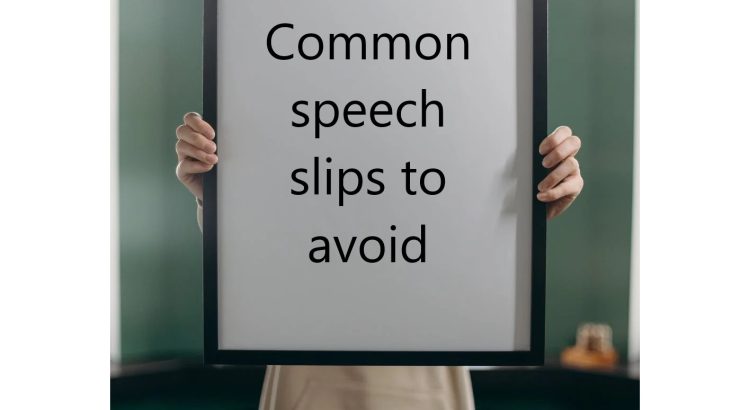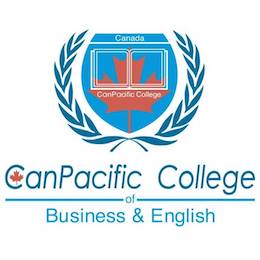If you look at the first column, you will see a list of minor mistakes or slips that are quite common in speech. Because they should avoided in effective communication and clear speech, the corrections or better alternatives are provided int eh second column for your convenience. Speech Slips Corrections Ain’t it? Isn’t it? Aren’t […]
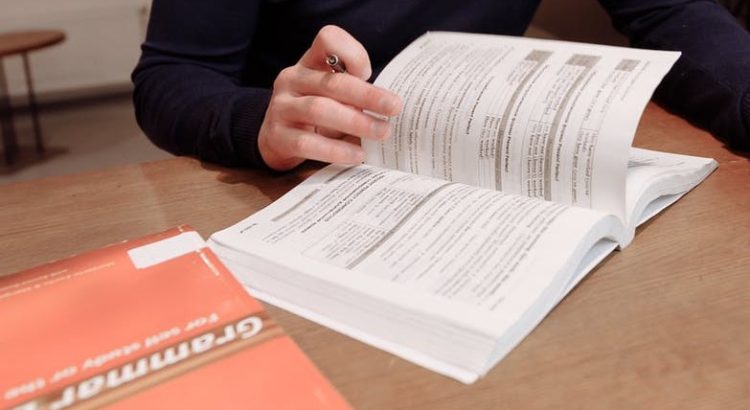
Complex Sentences
In a complex sentence, there is one main clause or idea and at least one subordinate idea or clause. For example: “When I was young, radio programs were very popular.” “When I was young’ is the subordinate clause. It needs the main clause ‘radio programs were very popular’ in order for the sentence to be […]
Stationary or Stationery? Commonly Confused Words
Some words are often confused. Let’s clarify their meanings. Today’s pair is stationary and stationery. Stationary with an ‘a’ is an adjective that means not moving. For example, a parked car is motionless or stationary. On the other hand, stationery with an ‘e’ is a non-countable noun that is a name for office and […]
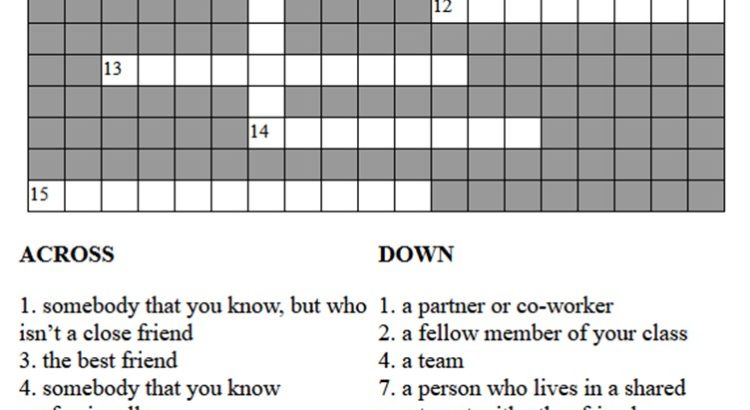
Friends, Family and Other People That You Know – Crossword Puzzle Answers
Were you able to solve last week’s crossword? If you haven’t been able to solve it, please peruse the answers below. Across Down 1. Acquaintance – somebody that you know, but who isn’t a close friend 3. Buddy – the best friend 4. Contact – somebody that you know professionally 5. Mate – a synonym […]
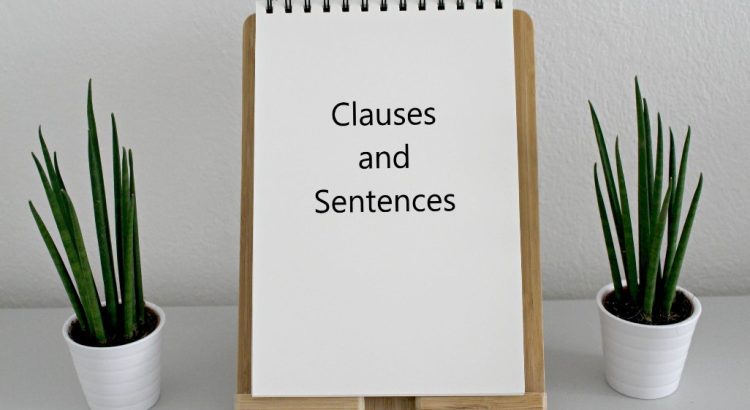
Clauses and Sentences
Clauses are building blocks of sentences. A clause contains a subject and a predicate. A clause is not considered to be a sentence unless it’s a complete thought. Please compare ‘They went outside’ and ‘when it stopped raining.’ In the case of the former, we’re dealing with a clause that can stand on its own […]
